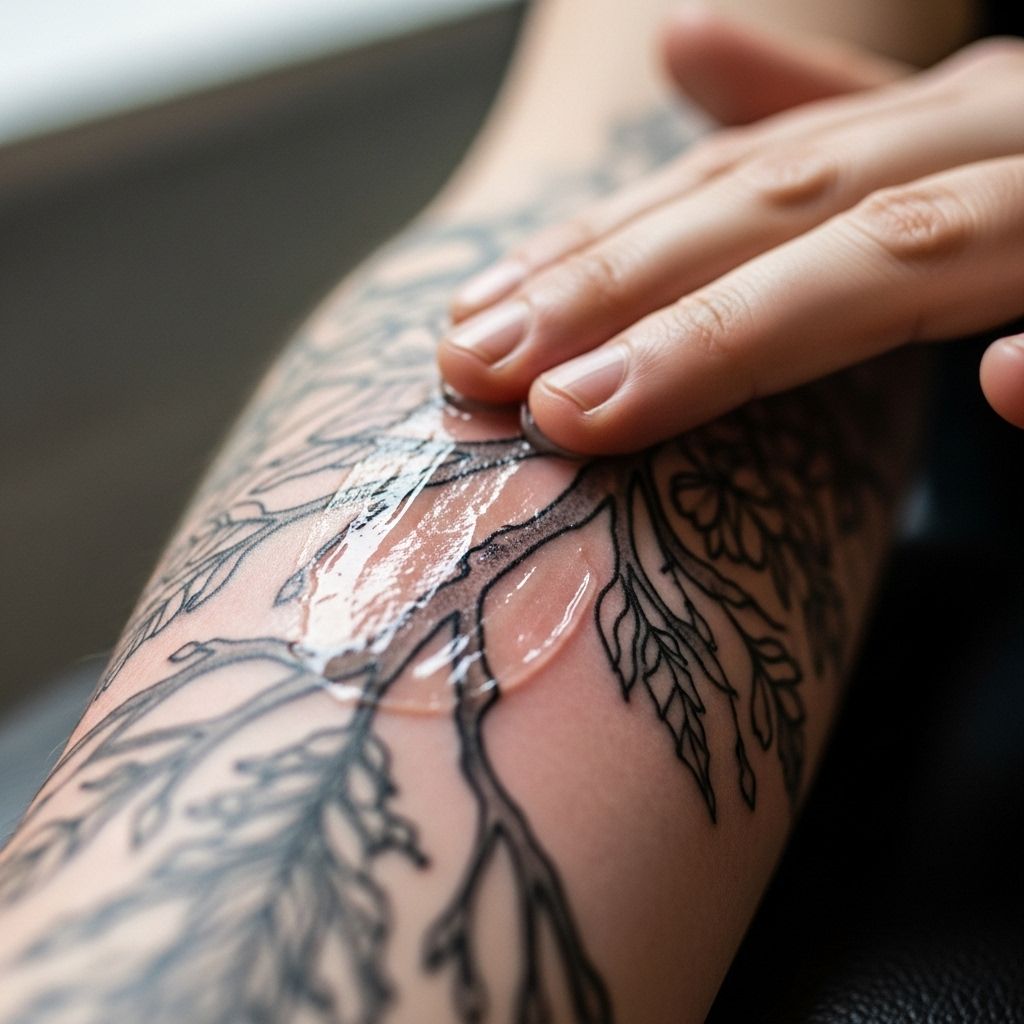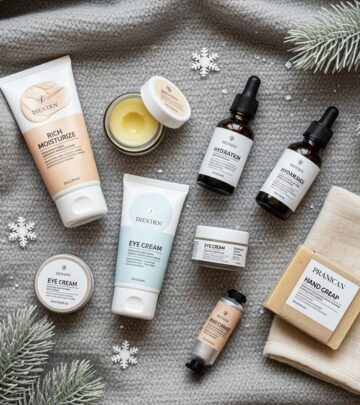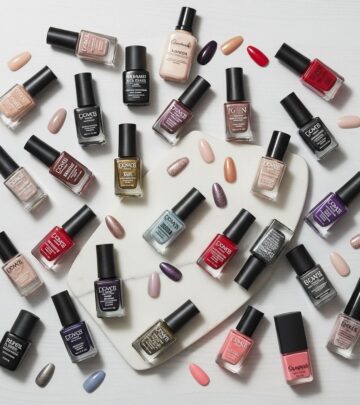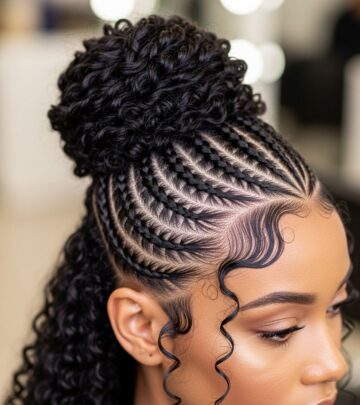Tattoo Aftercare: The Complete Guide to Healing and Maintenance
Everything you need to know about healing, protecting, and caring for your new tattoo—for long-lasting, vibrant ink.

A brand-new tattoo isn’t just a piece of art—it’s an investment in your skin and a process that demands thoughtful care. Proper tattoo aftercare not only keeps your ink vibrant and sharp but also protects your skin’s health during the vulnerable healing stages. Whether you’re a first-timer or a tattoo veteran, this comprehensive guide will walk you through aftercare routines, healing stages, essential dos and don’ts, expert recommendations, and everything you need for long-lasting, healthy body art.
Why Tattoo Aftercare Matters
Your skin undergoes controlled trauma during tattooing, leaving the area prone to infection, irritation, and even scarring if not properly treated. Effective aftercare ensures:
- Proper healing—minimizing infection and complications
- Color retention—keeping your ink vibrant for years
- Comfort—reducing itchiness, scabbing, and discomfort
- Long-term skin health—preventing scarring or skin issues
The Tattoo Healing Timeline: What to Expect
Every tattoo is unique, but healing generally unfolds in four key stages. Knowing what to expect helps you adjust your routine and spot potential problems early.
| Stage | Timeframe | What Happens | Key Care Tips |
|---|---|---|---|
| Stage 1: Immediate Aftercare | First 1–3 days | Redness, swelling, oozing plasma/ ink; tattoo feels like a fresh wound | Keep covered (as advised), gently clean, avoid irritation |
| Stage 2: Scabbing & Itching | Days 4–14 | Scabbing, flaking, intense itch; dull or cloudy appearance | Moisturize, don’t pick or scratch |
| Stage 3: Peeling | Weeks 2–4 | Scabs flake off, skin renews; mild dryness or shine | Continue moisturizing, gentle cleaning |
| Stage 4: Below-the-Surface Recovery | Month 1 up to 6 months | Outer skin appears healed, but deeper layers repair; tattoo may look less vibrant | Protect from sun, hydrate, be gentle |
Day-by-Day: What You’ll See
- Day 1: Bandaged by your artist. Oozing or slight bleeding is normal once the bandage is removed. Clean gently per your artist’s guidance.
- Days 2–3: Redness, sensitivity, and oozing reduce. Tattoo begins to close as an open wound.
- Days 4–6: Scabbing and light peeling begin. Avoid picking!
- Days 7–14: Itching intensifies as skin flakes off. Moisturizing is crucial. If excessive redness/swelling appears, consult your artist or a health professional.
- Days 15–30: Skin looks dry or shiny; ink may look cloudy or less bright. Keep moisturizing. Outer healing completes by week 4, but keep protecting your tattoo.
The outer skin generally heals in 2–4 weeks, but full internal healing may take up to 3–6 months, especially for larger or intricate tattoos.
The Ultimate Tattoo Aftercare Routine
Maximum results depend on disciplined care from day one. Below is a general aftercare routine that combines artist recommendations and dermatologist-approved best practices:
- Leave the Bandage On (Timing Varies)
The initial bandage or wrap applied by your tattoo artist protects your fresh tattoo as an open wound. Follow your artist’s advice—this could range from 2 hours (for traditional wrapping) to 12–24 hours (for medical-grade transparent film dressings). - First Wash
After removing the bandage, gently wash your tattoo with lukewarm water and a mild, unscented antibacterial soap. Use clean hands (not a washcloth). Pat dry with a clean paper towel. - Apply a Thin Layer of Ointment
For the first 2–3 days, apply a fragrance-free, tattoo-specific ointment or recommended healing balm. Avoid thick layers! Too much ointment can suffocate the skin. - Switch to a Lightweight Moisturizer
After Day 3, swap ointment for a fragrance-free moisturizing lotion (look for products recommended by tattoo artists or dermatologists). Apply sparingly throughout the day to prevent dryness or itching. Continue for several weeks. - Keep It Clean—But Don’t Overwash
Wash your tattoo 2–3 times a day with gentle, circular motions using just your fingers. Avoid soaking or scrubbing. - Avoid Picking and Scratching
Let scabs and flakes fall off naturally. Never pick, scratch, or peel, or you risk pulling out ink and causing scarring. - Avoid Direct Sun and Immersion
Protect your healing tattoo from sun exposure, pools, hot tubs, saunas, rivers, lakes, and baths. Showers are fine—just avoid letting the direct stream hit your tattoo for too long. - Wear Loose Clothes
Minimize friction or pressure on the tattooed area by opting for clean, loose clothing that won’t stick or rub.
Tattoo Aftercare Dos and Don’ts
| Dos | Don’ts |
|---|---|
|
|
Common Tattoo Aftercare Mistakes
- Over-moisturizing: Applying too much lotion or ointment can suffocate the healing skin, trapping bacteria and delaying recovery. Always use a thin, even layer.
- Using scented or harsh skincare products: Fragrances, dyes, and certain chemicals can cause stinging, allergic reactions, or worsen irritation during healing.
- Ignoring signs of infection: Persistent redness, swelling, pus, or fever demand immediate attention from a professional. Don’t overlook abnormal pain or visible symptoms.
- Covering up with non-breathable materials: Plastic wrap or tight bandages may be recommended briefly but shouldn’t be used long-term as they trap moisture and bacteria.
Pro Tips from Tattoo Artists and Dermatologists
- Ask for aftercare product recommendations: Many artists have favorite ointments or lotions suited for tattoo healing and your skin type. Tattoo-specific balms often outperform generic skincare products.
- Hydrate inside and out: Drinking plenty of water helps your skin repair efficiently, while regular gentle moisturizing maintains your tattoo’s vibrancy.
- Protect healed tattoos from UV rays: Apply broad-spectrum SPF (at least 30) once your tattoo is fully healed. Sun exposure is the leading cause of premature fading.
- Know your body’s healing tendencies: If you have sensitive skin or a known history of slow healing, discuss this with your artist beforehand and adapt your aftercare accordingly.
- Be patient: Tattoos are a lifelong commitment, and rushing the healing process often leads to regrets. Trust the process and enjoy the transformation.
Tattoo Healing Problems: When to Seek Help
While mild discomfort and itching are expected, any of the following symptoms warrant professional guidance:
- Pronounced, spreading redness or warmth after the first few days
- Yellow or green pus, persistent oozing, or foul odor
- Fever, chills, or systemic flu-like symptoms
- Rash, blisters, or severe allergy symptoms
Contact your tattoo artist or a healthcare provider—never attempt to self-treat a suspected tattoo infection.
Keeping Your Tattoo Vibrant for Years
Aftercare isn’t over when the initial healing is done. Here’s how to keep your tattoo looking as bold as the day it was finished:
- Moisturize regularly: Well-hydrated skin keeps colors looking sharp and lines crisp.
- Use sunscreen: Always apply SPF to exposed tattoos—even after full healing.
- Avoid excessive friction: Repeated rubbing from clothes or bags can blur lines or fade pigment over time.
- Schedule touch-ups: Some tattoos, especially in high-movement or sun-exposed areas, may need periodic touch-ups to maintain detail.
- Check your skin: Monitor for any unusual changes, lumps, or irritation that could signal skin issues or rare allergic reactions years later.
Frequently Asked Questions (FAQs)
How long does it really take for a tattoo to heal?
The visible outer skin layer usually heals within 2–4 weeks, but deeper layers can take up to six months to fully repair themselves. Most aftercare routines should be maintained for at least one month.
Can I shower with a new tattoo?
Yes, but avoid soaking the tattoo and do not let the direct water stream hit your tattoo for extended periods. Showers are fine; baths, pools, and hot tubs must be avoided until full healing.
My tattoo itches intensely. Should I scratch it?
No. Itching is a sign of healing, but scratching can lead to scarring and pigment loss. Instead, apply a fragrance-free moisturizer to ease the sensation.
When can I work out or exercise after getting a tattoo?
Light, low-sweat exercise is often possible after several days, but avoid activities that stretch, rub, or soak the new tattoo until healed. Sweat and friction can irritate the skin and disrupt healing.
Do all tattoos scab and peel?
Most tattoos develop light scabbing or peeling as skin cells renew. The degree may vary by your skin type, the tattoo’s size and location, and your aftercare regime.
Can I use coconut oil, petroleum jelly, or over-the-counter creams?
Stick with products specifically recommended by your tattoo artist or a dermatologist. Coconut oil and petroleum jelly may trap bacteria or suffocate skin during the healing phase.
What if my tattoo gets infected or I see severe symptoms?
Seek medical help immediately for intense redness, spreading warmth, pus, persistent pain, or fever. Do not try to treat a suspected infection yourself.
Final Thoughts
Every tattoo tells a story – ensure yours continues to look sharp, healthy, and vivid by prioritizing aftercare from the first hour to the years beyond. Communicate openly with your tattoo artist and don’t rush the healing process. Your skin (and your ink) will thank you for it.
References
- https://anatomytattoo.com/faq/tattoo-aftercare-tips/tattoo-healing-timeline/
- https://celebrityink.com/blog/everything-you-need-to-know-about-the-tattoo-healing-process/
- https://staylocaltattoo.com/tattoo-healing-process-day-by-day/
- https://numbedink.com/blogs/news/how-long-do-tattoos-take-to-heal
- https://www.healthline.com/health/how-long-does-a-tattoo-take-to-heal
- https://bayinktattoo.com/tattoo-aftercare/
- https://www.hustlebutter.com/blog/healing-stages-of-a-tattoo/
- https://health.clevelandclinic.org/tattoo-aftercare
Read full bio of Sneha Tete












